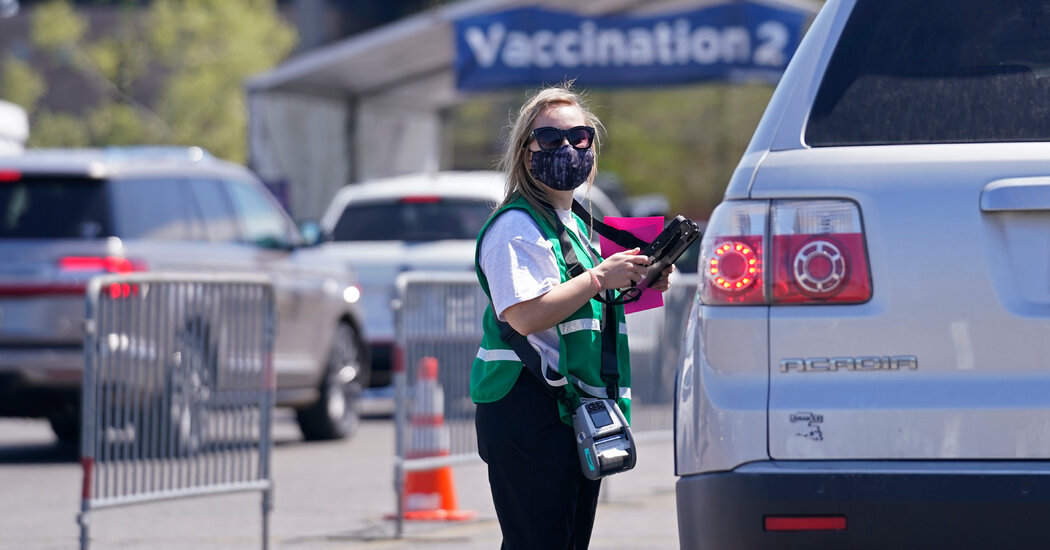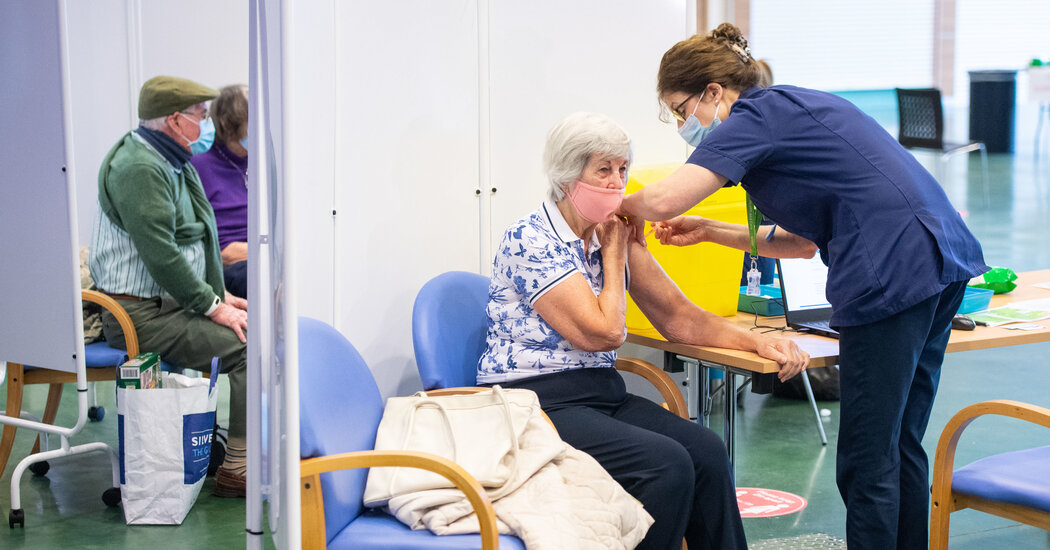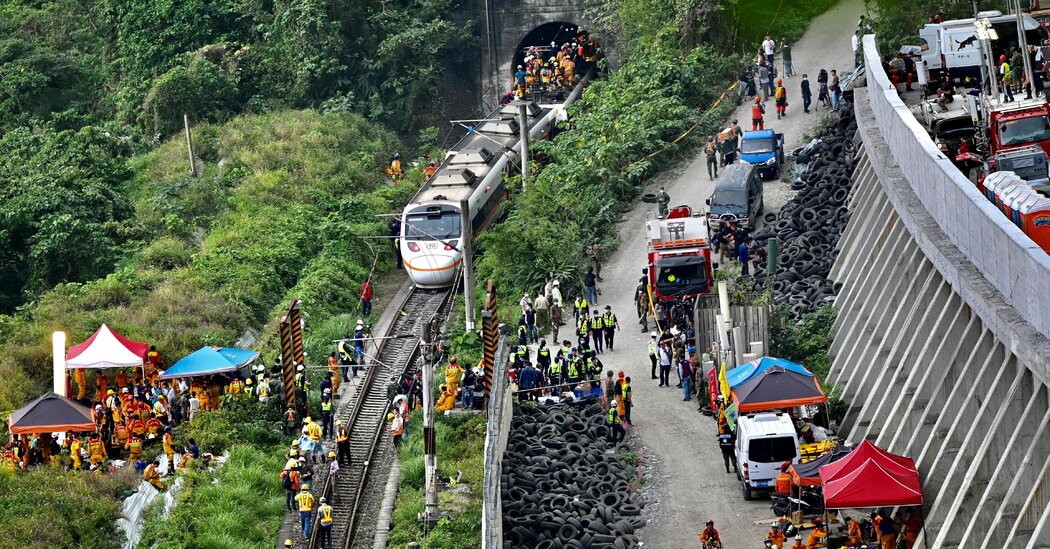Declines in coronavirus testing in many states in the South and the Great Plains are making it harder to know just how widely the virus may be spreading in those states, even as restrictions are lifted and residents ease back into daily life, experts say.
States in both regions are reporting few new cases relative to their population, compared with harder-hit states like Michigan or New York. But they are also testing far fewer people.
Kansas, for example, is now testing about 60 people a day for every 100,000 in population, according to data compiled by Johns Hopkins University, and Alabama only a bit more. The picture is similar in Iowa, Mississippi and elsewhere.
By contrast, New York is averaging 1,200 tests a day per 100,000, and Rhode Island 1,677 per 100,000.
Testing has been falling in Kansas since Jan. 1, even though hospitalizations were at their highest level of the pandemic then, according to Tami Gurley, co-chair of the virus task force at the University of Kansas Medical Center. The state is now doing fewer tests relative to its population than any state except Idaho.
The tests they are doing in these low-rate states are finding virus.
Twelve percent of Kansas’ coronavirus tests are coming back positive. Alabama’s positivity rate is 12.8 percent. The rate in Idaho is 27.3 percent, the highest in the country. In New York, it’s just 3.5 percent.
So in the states that are doing relatively little testing, it’s possible that their daily case counts are low in part because asymptomatic or mild-symptom cases are going undetected.
Ms. Gurley says she is closely following hospitalizations, as a better indicator of the spread of the virus than new-case reports.
“We think that people are more focused on getting vaccines than getting tested,” she said. “It certainly makes it harder to figure out where we are going. We feel like we are at the point of another uptick in cases.”
Many states in the South and Midwest have relaxed their restrictions, including mask mandates, even though the national data signals that another surge in cases may be coming, according to Edward Trapido, an epidemiologist and associate dean for research at the Louisiana State University School of Public Health.
And many states are shifting resources away from testing to bolster vaccination efforts and meet President Biden’s goal of making all adult Americans eligible for a shot by May 1.
As a result, Dr. Trapido said, in many places these days, only the sickest patients are seeking out a coronavirus test.
“As vaccines have become widespread, people are becoming comfortable about not being tested,” he said. “There is a natural experiment going on. It’s a battle between getting people vaccinated and keeping the percent positive low. When I see a slight change in the curve upward, I get alarmed.”
Ms. Gurley said the shift in emphasis away from testing and toward vaccination may stem in part from widespread public fatigue with pandemic precautions and the political imperative in many states to reopen swiftly.
If all you want to do is prevent deaths from the virus, that may make sense, she said, but “if your end goal is to prevent spread, then we need more testing.”


